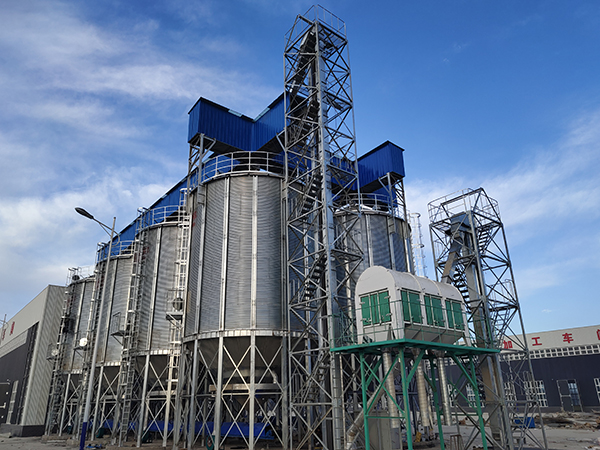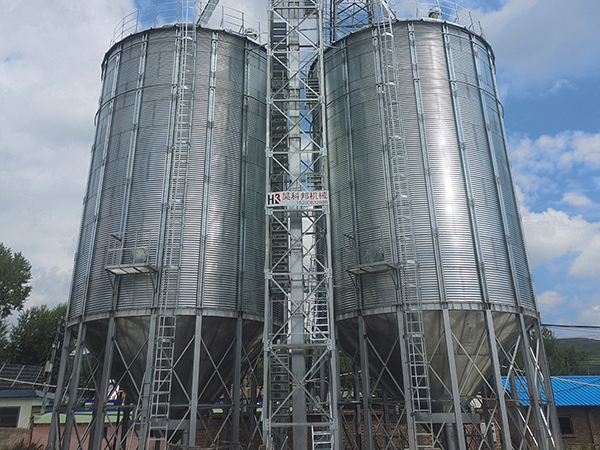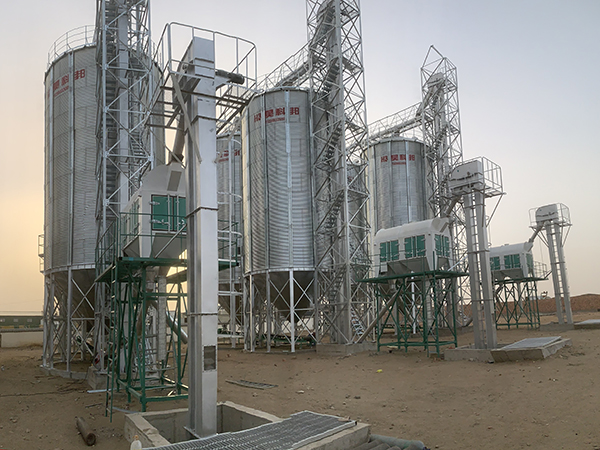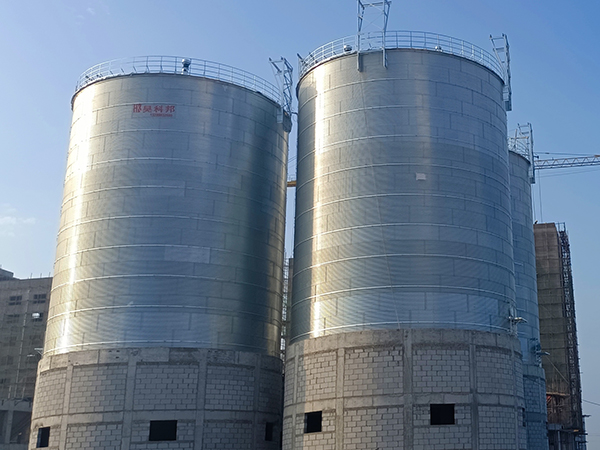What are the construction conditions for vertical silo
Vertical silos require a stable foundation, scientific design, durable materials, proper ventilation, circulation fumigation, and automated control for efficient and secure storage. These conditions ensure the silo’s longevity, safety, and operational convenience, making them a reliable storage solution for various materials.
- Barley grain bin company in Tanzania
- rice grain bin factory in Rwanda
- Paddy grain bin supplier in Guinea
- Wheat Cone-Bottom Silo Franchise in Thailand
- Wheat cone bottom silo procurement in Thailand
- Wholesale Wheat Cone-Bottom Silo in Malaysia
- Manufacturers of Wheat Cone-Bottom Silo in Malaysia
- Wheat Cone-Bottomed Silo Suppliers in Uganda
- Cone-Bottom Wheat Silo Sales in Uganda
- Wheat cone bottom silo price in Uganda
- Soybean meal grain bin sale in Guinea
- Corn grain bin price in Libya
Vertical silos, as a modern storage solution, provide an efficient and secure storage environment for businesses and farmers. Ensuring their stable operation and longevity relies on meeting a series of strict construction conditions.So, what are the construction conditions for vertical silos? This article will provide an in-depth analysis.
Foundation Stability and Solid Base
The construction of vertical silos first requires a stable foundation and a solid base. The foundation’s quality directly relates to the entire structure’s stability and safety. Concrete or reinforced concrete materials are typically used for the foundation to ensure sufficient load-bearing capacity and good seismic performance. A solid foundation is a prerequisite for the safe operation of the silo.
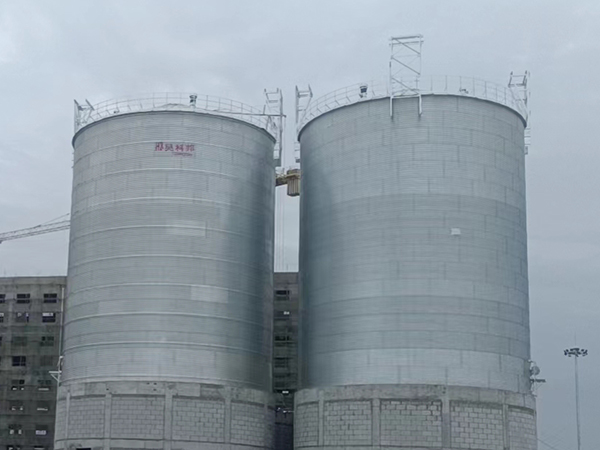
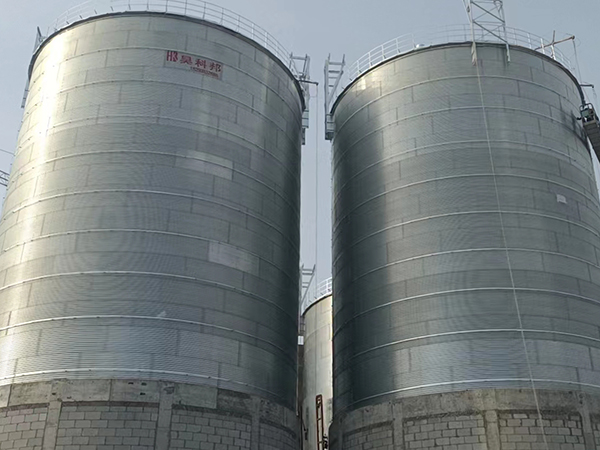
Scientific Structural Design and Appropriate Strength
The construction conditions for vertical silo also include scientific structural design and appropriate strength. The design must fully consider the silo’s storage capacity and material flow, ensuring the entire structure’s strength and stability. Through scientific structural analysis and simulation, potential issues under various working conditions can be predicted and addressed, ensuring the silo maintains good operating conditions in any situation.
Rational Material Selection, Durable and Rust-Resistant
As part of the construction conditions for vertical silo, selecting the right building materials is key to ensuring the silo’s longevity. High-quality materials that are corrosion-resistant, wind-resistant, and seismic are preferred, such as quality galvanized steel plates, which can significantly extend the silo’s service life and reduce maintenance and replacement frequency, effectively lowering operating costs.
Proper Ventilation Design, Moisture and Mildew Prevention
The construction conditions for vertical silo also involve a proper ventilation design. A well-designed ventilation system can effectively control the temperature and humidity inside the silo, preventing material mildew and spoilage. Equipping the silo with moisture and mildew prevention devices is also necessary for safe and stable material storage. For instance, a centrifugal fan at the bottom can effectively reduce the temperature inside the silo, further enhancing the control of the storage environment.
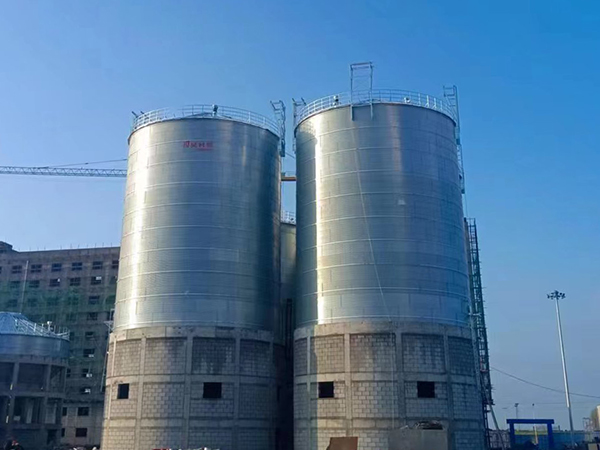
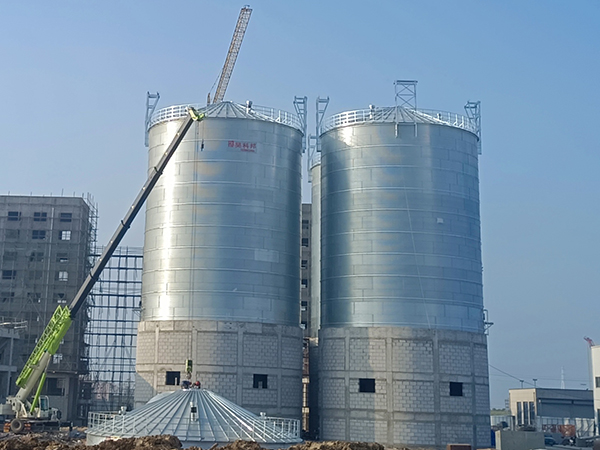
Circulation Fumigation, Spoilage Prevention
In the construction conditions for vertical silo, the circulation fumigation system is a crucial component. This system can effectively inhibit the growth of microorganisms within the silo, preventing material spoilage. Circulation fumigation technology creates a gas circulation inside the silo, evenly distributing the fumigant for an efficient and uniform fumigation effect.
Automated Control
With technological advancements, the construction conditions for modern vertical silos increasingly favor the integration of automated control systems. These systems enable real-time monitoring and automatic adjustment of the silo’s internal environment, such as automatic ventilation and temperature and humidity control, greatly enhancing the level of intelligent management and operational convenience.
If you have grain storage needs, please contact Coban!


